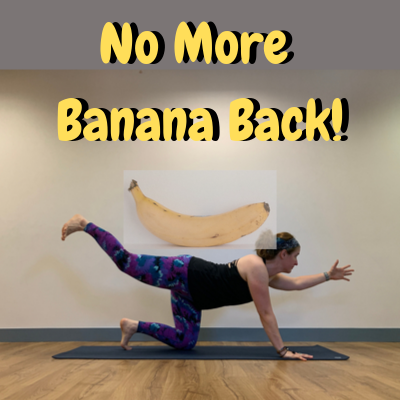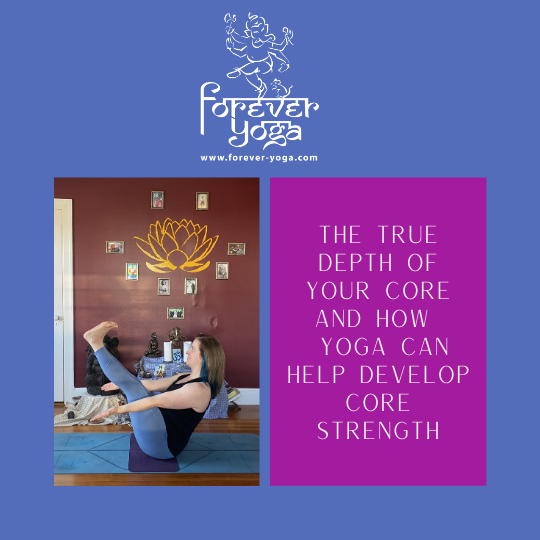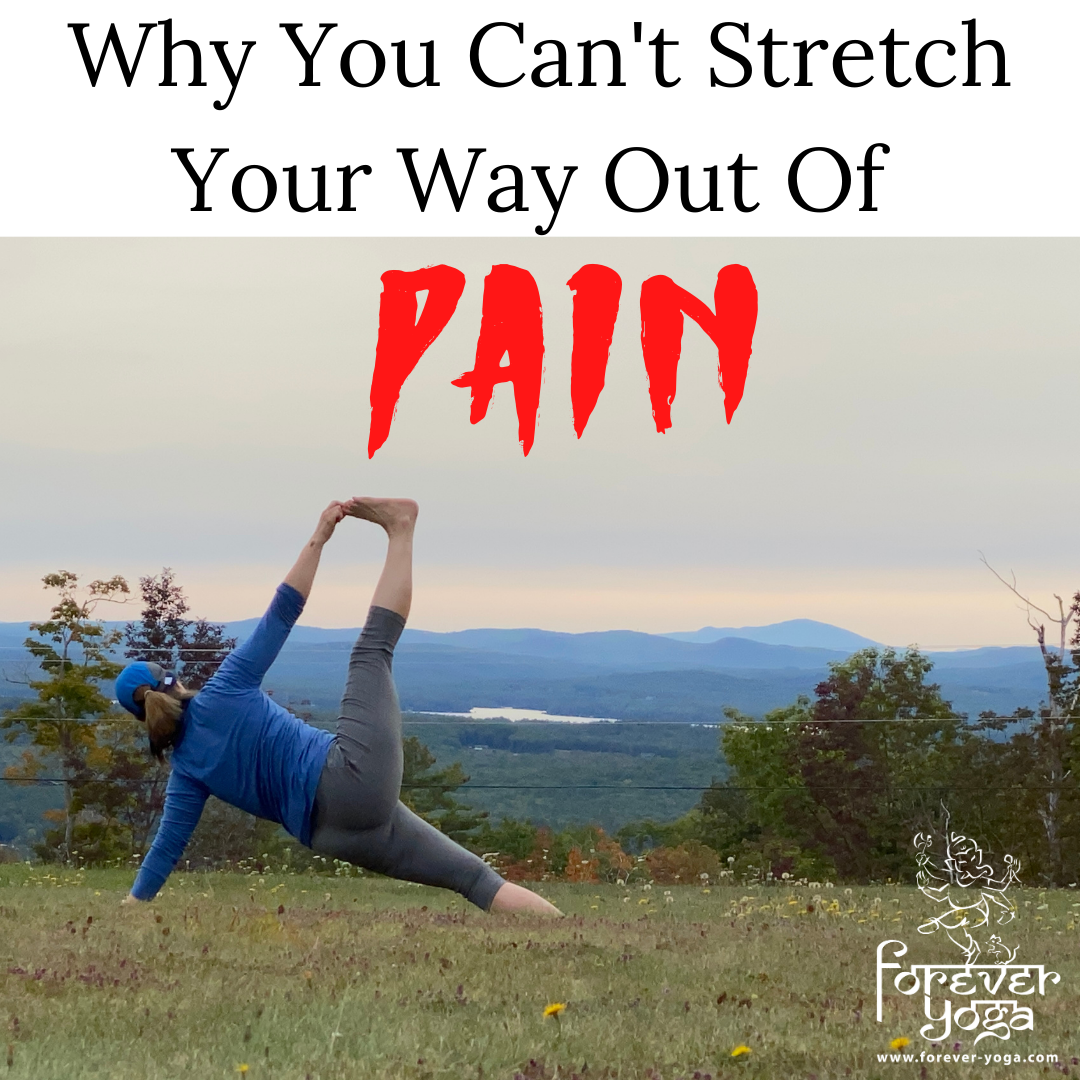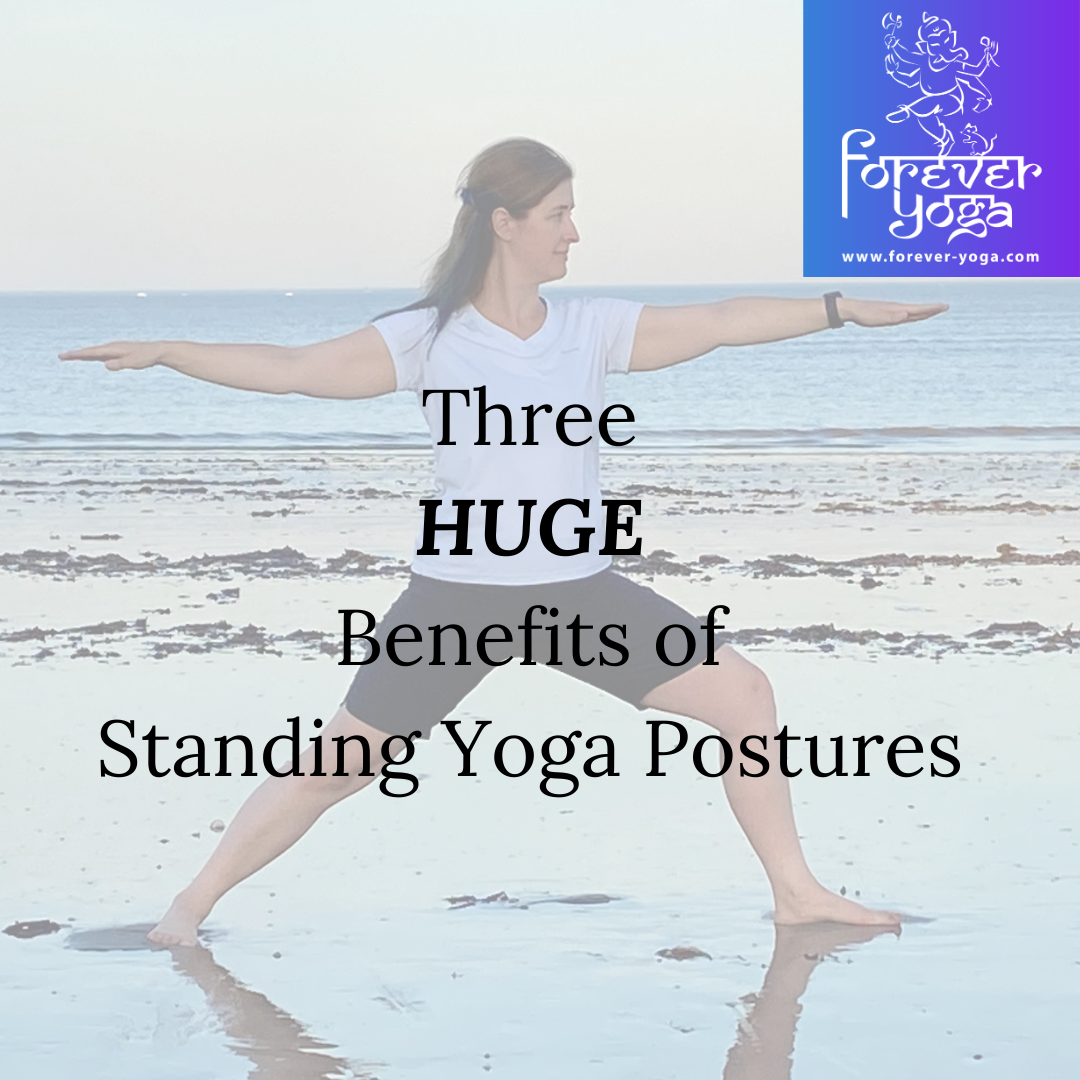No More Banana Back!
/In today’s blog post I’d like to give you a visual and verbal understanding of a very common condition amongst yoga practitioners in various postures that involve extending the hip joint.
Banana back is a funny way of describing what can happen for yoga practitioners who are super flexible, but not necessarily strong, or just don’t have a keen awareness of this area.
As always, we want to do our best to balance the two qualities of strength and flexibility. Any time we do a movement that requires engaging the muscles that extend the hip, depending on our level of flexibility in the low back or lumbar spine area, there is a possibility that we may be creating the extension from our back and not our actual hip muscles.
This matters for a couple of reasons:
Our hip extending muscles tend to be weak due to our modern lifestyles. Muscles on the front of the body tend to be short and tight from hours of sitting; muscles on the back of the body tend to be overstretched and weak for similar reasons.
This muscle group tends to be weaker in men than women for physiological reasons.
Lumbar spinal issues tend to be the most common, due to many of the reasons above. There is a transition point in the spine in this area (there are several similar ones throughout the spine) that tends to be more vulnerable to misuse.
So what’s the solution? Using the muscles that were meant to do the thing to do the thing! And attention to detail of course.
I’m sure there’s a name for this pose but I’ll be darned if I can find it! If you know it, let me know!
In the picture above you’ll see a well supported version of this balancing pose that asks us to resist the pull of gravity when we lift the leg in particular. Some specific things to note:
I’m not lifting the leg higher than my hip. This isn’t about range of motion. It’s about a well supported lumbar spine and a strengthening action of contraction in the glutes and hamstrings.
My low back is in a natural curve, rather than an over accentuated one. The amount of curvature will vary across the bodies of different practitioners but for me, this is pretty good.
This may be harder to see in a picture, but everything that touches the earth is pressing DOWN fairly strongly. Engagement with the earth helps awaken core support.
Contrast this with the picture below.
Ouch!
I hope you can see the difference. For me I could definitely FEEL the difference! Having brought some attention to this detail of my own practice for some time now, doing this movement without the core engagement, lifting my leg way too high and letting my ribs flare toward the ground instead of up towards the sky made this pose feel AWFUL on my low back and my other joints that were bearing weight.
When I work in this posture in this way, there’s a sense of connection that isn’t there otherwise. My body feels like one cohesive whole, rather than a bunch of parts doing something but not necessarily working together.
I hope you found this explanation helpful! Let me know in the comments. :-)







